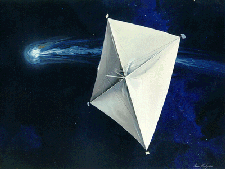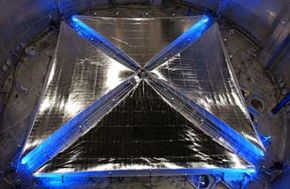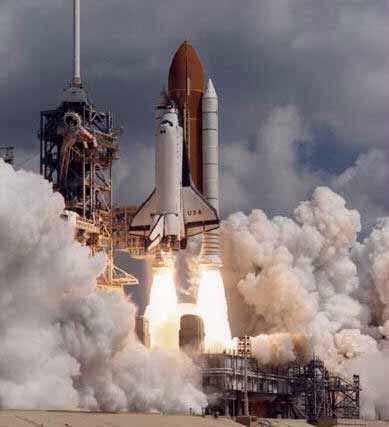Key Takeaways
- Solar sails are spacecraft propulsion systems that use the momentum of photons emitted by the sun for propulsion.
- These sails utilize large, lightweight reflective materials to capture and reflect solar radiation, providing continuous thrust.
- Solar sails offer potential for long-duration space exploration missions, enabling spacecraft to reach distant destinations.
Hundreds of space missions have been launched since the last lunar mission, including several deep space probes that have been sent to the edges of our solar system. However, our journeys to space have been limited by the power of chemical rocket engines and the amount of rocket fuel that a spacecraft can carry. Today, the weight of a space shuttle at launch is approximately 95 percent fuel. What could we accomplish if we could reduce our need for so much fuel and the tanks that hold it?
International space agencies and some private corporations have proposed many methods of transportation that would allow us to go farther, but a manned space mission has yet to go beyond the moon. The most realistic of these space transportation options calls for the elimination of both rocket fuel and rocket engines -- replacing them with sails. Yes, that's right, sails.
Advertisement
NASA is one of the organizations that has been studying this amazing technology called solar sails that will use the sun's power to send us into deep space. In this article, HowStuffWorks shows you how the idea of solar sailing developed, where NASA and others are in testing this technology and how far and fast solar sails might take us in the universe.
Advertisement






